Pentax Made a Monochrome Camera: Is it a Smart Move or Desperate Ploy?
![]()
The monochrome digital camera is an odd beast – something talked about in revered terms – with echoes reverberating from those hallowed Leica halls because it is only Leica that had dipped its toe in the proverbial monochrome waters… until now.
Before we start to talk about monochrome cameras, let’s preface the discussion by saying that every film photographer – or at least (nearly) every serious photographer of a certain age – has likely shot in black and white. Yes, color has been around for a long time with Kodachrome – the first successful mass-market film – released in 1936. However, the cost and complexity of processing, not to mention the long history of black-and-white photography, meant that it was seen as an adjunct to serious photography.
Walker Evans famously said: “These are four simple words which must be whispered: color photography is vulgar.” That long history has strangely meant that while we see the world in color, we picture it in black and white. All of which is a long-winded way of saying that the black and white image occupies a unique place in the pantheon of photography.
If you were a casual film shooter during the 1980s and 1990s, then the fuss over black and white may surprise you, but it persisted. The rapid flip from analog to digital all but killed off film, but what is less well-appreciated is that it ushered in an era of color photography.
There were two functional changes that resulted from this: firstly, photos were now shot in color which meant that were principally consumed that way and, secondly, camera LCDs displayed previews in color. The latter is an important point because – until digital cameras – you had to pre-visualize your image and then wait for the negatives to be developed. The change to digital now meant you now saw them instantly… in color.
The art of black and white previsualization was lost.
The Monochrome Camera
The rationale for the monochrome camera is actually quite simple: it’s digital image capture at its purest. Image sensors capture the intensity of light within the range of wavelengths that they are sensitive to and so, by definition, they are black and white. If you want a color image then you would need three sensors, sensitive to red, green, and blue before additively combining them together.
Three sensors would be both complex and expensive (just ask Sigma while it still tries to develop its full frame Foveon model), so the alternative is to use one sensor with a color filter array (CFA), typically a Bayer, that alternately records red, green, or blue light on different pixels. The incomplete RGB layers are separated and then mathematically interpolated to fill in the gaps, before being recombined as a color image (a process known as de-mosaicing).
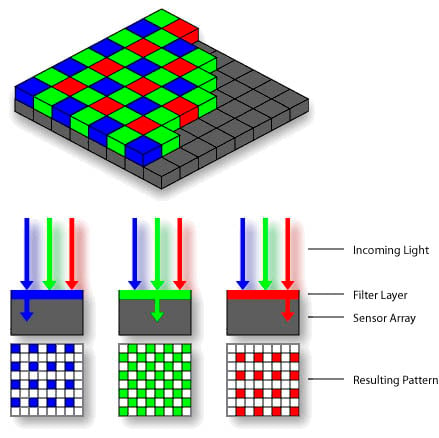
A monochrome camera gets rid of this whole heap of complexity: you have one sensor that records intensity for visible light. What are the intrinsic benefits? Firstly, there is no CFA which means you get about a full stop of extra sensitivity. Secondly, chroma noise is removed at high ISOs. Thirdly, your images are slightly sharper (again, no CFA) and, finally, you are recording actual – real – light. This last point is important because a CFA requires you to interpolate pixel data from the small number of known pixels; with a monochrome, everything you see is recorded in-sensor.
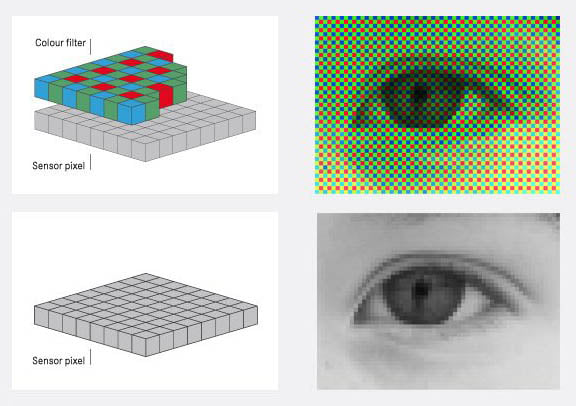
There is, of course, one big downside – depending upon your perspective – of a monochrome: it only records in black and white!
That Leica was the first to market with a monochrome camera is interesting, but perhaps speaks to its single most important aspect: it’s experiential. By only ever seeing and recording your images in black and white, you are forced to think monochromatically. This can be critical for many photographers because you are no longer forced to do that mental juggling of having to decide “Is this a color or monochrome shot?” It allows you to focus exclusively on image making and not image choosing.
Think of it as the chromatic equivalent of shooting with a single prime lens. This exclusiveness of purpose fitted well with Leica’s clientele and so the Monochrom was born in 2012 and has now gone through several iterations with an odd lack of competition from other manufacturers.
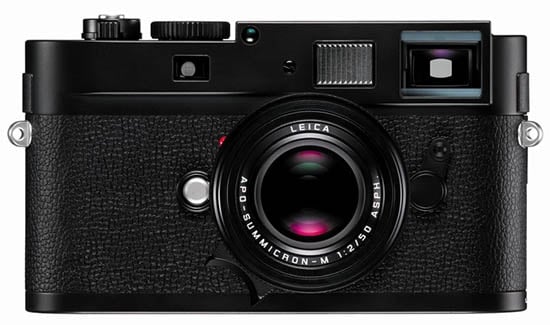
Pentax’s Black and White Conundrum
The sale of Pentax’s imaging division to Ricoh in 2012 turned a profitable camera business at the height of its technical development into one resting on its laurels. Remember that 2012 was a period of peak valuation for camera manufacturers and Pentax had an exciting range that included DSLRs, mirrorless, and medium format, but key strategic decisions have left this lineup in tatters.
The mirrorless K-01 and Q were innovative although flawed and both were killed off relatively early with Ricoh categorically stating that there would be no further mirrorless development. The highly regarded medium format 645Z is still available but hasn’t been updated since 2014. That leaves the DSLR range, which builds upon a rich heritage of lenses.
The glaring failure in strategy was the adherence to the APS-C format, not releasing a full-frame model until 2016 (with the K-1); two short years later, Nikon and Canon would all but withdraw from the DSLR market. Yet Pentax still plows that furrow with its recent brand vision stating that “Pentax believes in the future of SLR photography.”
With the DSLR market diminishing, Pentax appears to have realized that there is no longer a mass market and so launched a strategy within Japan for direct-to-consumer production and sales. This is boutique shopping where there is a base product with a range of variants, something that is similar to the way Leica operates. With customization comes cost and, for Leica at least, it’s a self-referential way of charging more for a product: we think it is worth more therefore we’ll charge more. That’s fine if your customers buy into the image, and for Leica it works.
Within this context, Pentax has launched the K-3 III Monochrome which on face value appears to be their flagship APS-C K-3 III with the same – CFA-free – 25.7-megapixel sensor.
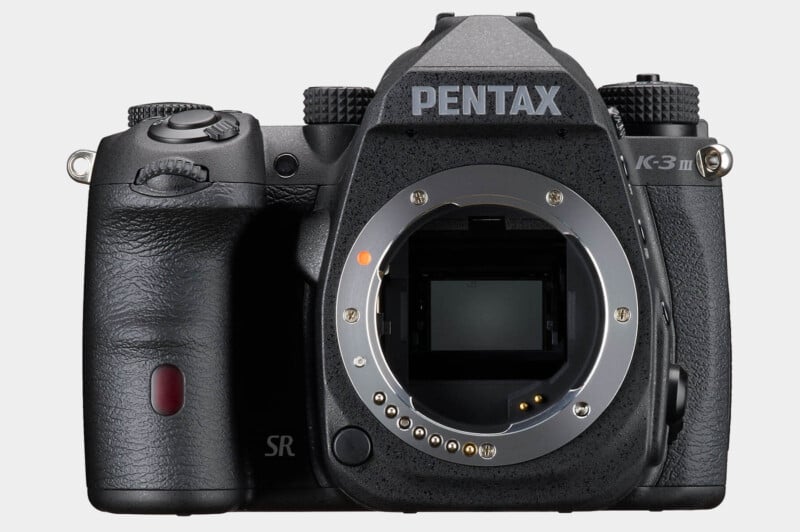
At $2,200, it adds a $500 premium to the base model and, for example, brings it dangerously close to the 46-megapixel Nikon Z7 II at $2,600. The 25-megapixel Nikon Z6 II comes in at just $1,700, which shows how Ricoh is trying to upsell.
Whether the Monochrome is worth that kind of money remains to be seen and depends upon your value proposition as a photographer. If you want a dedicated black and white camera, then the Leica M11 Monochrom is the only competition. With the Leica retailing at $9,200, the Pentax looks well-priced! But a Pentax is… well, it’s not a Leica! The M11 Monochrom isn’t only selling because it’s black-and-white, but because it’s a Leica.
Early indications from Japan are that initial production runs are over-subscribed with Ricoh reporting that it has sold twice the allocation. Quite how many cameras this actually represents remains to be seen and it would seem unlikely that this will bolster lifetime sales of the K-3 III by any significant margin.
However, that said, it is surprising that no Japanese manufacturer has offered a monochrome when it has been a staple of Leica’s lineup for over a decade.
Economics will clearly play a key role here; just what is the premium for a limited production run using a sensor outside the CFA process with different decals? Maybe it is $500 and provides Ricoh with the ability to sell more cameras and lenses. This raises a question about the choice of camera for the monochrome offering. Arguably, the K-1 II would be a good choice because there would be no crop factor for that large back catalog of K-mount lenses, but this is now a five-year-old camera and may or may not be selling well. In fact, the K-3 III is the only recent Pentax camera (the KF is simply a facelift).
There is, however, one elephant in the room. While Ricoh doesn’t exactly have a strong lineup of own-brand cameras, there is one that stands head-and-shoulders above the rest: the Ricoh GR III.
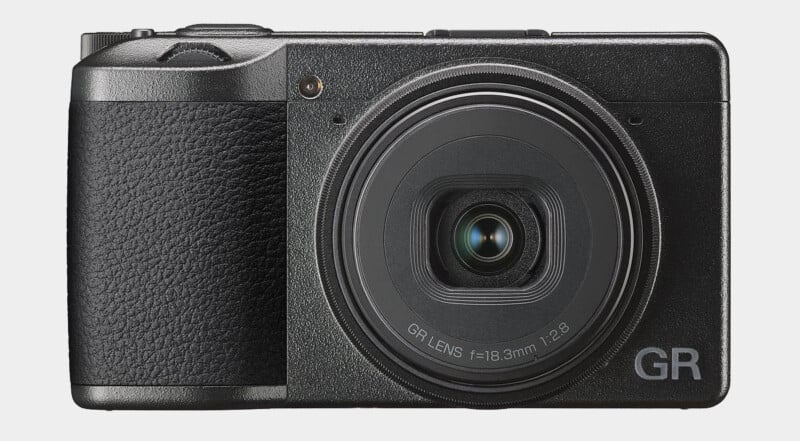
This is a wonderful fixed-lens (28mm or 40mm equivalent) street photography camera that oozes quality with its APS-C sensor, discreet size, and lightweight that has built both an enviable reputation and cult following. If there was one camera that has a dedicated following that also loves to shoot in black and white, then this would be it. Except, except… are there enough monochrome GR III shooters?
Pentax has a dedicated user base of fans that both collect cameras and shoot with them. While the GR III might be iconic (at least photographically) it is hardly an object of beauty. Is the K3-III literally the last camera standing for Ricoh? Possibly. And possibly it appeals most to the Japanese market where the monochrome is most keenly focused.
What can’t be argued is that if you are in the market for a monochrome camera, the K3-III offers the cheapest way to acquire one off-the-shelf. I’m optimistic about this camera for Ricoh and believe it’s a smart ploy looking to the future.